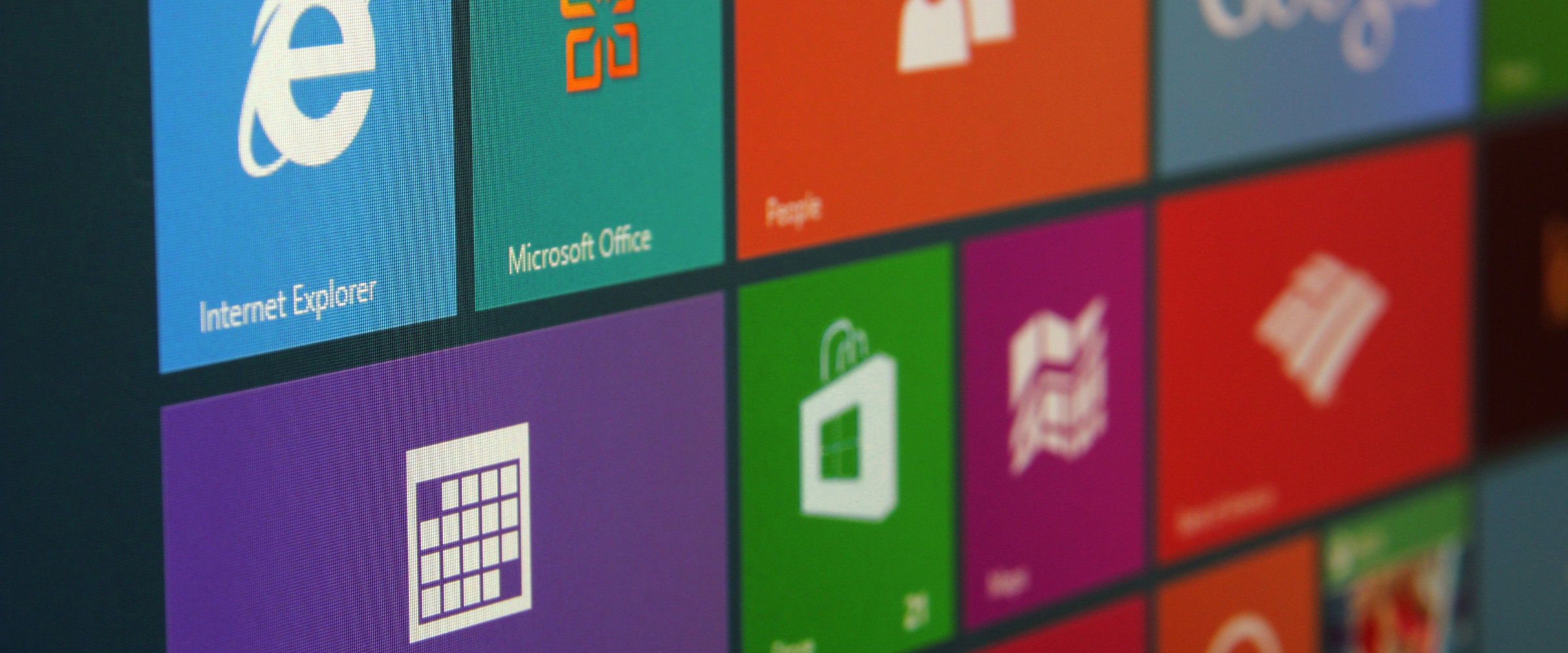Sustainable ICT strategy - webinar recap

May 12, 2022 in Frameworks
On 7th April 2022, Circular Computing hosted a live webinar and Q&A on how to deploy a sustainable ICT strategy for public sector organisations.
Whilst there is a lot of positivity around becoming more sustainable, there also seems to be some uncertainty and trepidation about how to do it. This was the premise of the webinar.
This fear is understandable because there are inherent risks involved with changing business operations but to reduce that risk we can learn from those who have already successfully implemented these new sustainable technologies and systems.
One poll from the webinar reinforced this point, showing that 64% of organisations are looking to learn from those who have taken the plunge and already delivered a sustainable ICT strategy.

Direct experience from public sector
The webinar featured two guests who challenged the norms within their organisations and pushed for a more sustainable way of operating.
Neil Godfrey - Deputy CIO at East of England Ambulance Service NHS Trust
Sam Lain-Rose - Digital Lead (Digital Inclusion & Capability) at Kent County Council
Sam and Neil are both early adopters of sustainable tech, and throughout the webinar they talked through how they managed to achieve their goals of procuring and distributing sustainable ICT.
6 key steps to deploying a sustainable ICT strategy Evaluate need
One of the first steps in deploying a sustainable ICT strategy is to assess what is needed and whether it is fit for purpose.
For laptops, a good place to start is to evaluate whether your users need the latest or fastest machines. In many public sector departments, a new cutting-edge laptop just is not necessary to perform day to day tasks. As Neil said:
'For example a new starter used to get brand new equipment out of the box, but now we allocate reused tech based on the role that is fit for use.'
Another factor that helped speed up Sam and Neil's sustainable procurement strategy was simply availability issues. The global chip shortage and subsequent supply chain problems meant procuring new tech became a real challenge, so they both had to find alternatives to new to fulfil the needs of their organisation.
Finally, the need to reduce costs can also help drive more sustainable procurement decisions. Budget is often scrutinised within public sector organisations and there is always a need to squeeze more from it. Remanufactured/reused tech is cheaper than buying new, so utilising this strategy will save money and help organisations become more sustainable at the same time.
Test products
Demoing and testing new products is a must to fully understand whether they can work as a sustainable alternative in your organisation. This will only happen after you get your hands on the product.
The East of England Ambulance Service NHS Trust ran a pilot, during which Neil targeted key stakeholders at various levels and roles within the organisation. He wanted to understand whether there could be any user challenges with adoption of remanufactured laptops.
Overcome stakeholder concerns
The story was slightly different when Neil was in the pilot phase, where he found mostly Senior people were adamant they needed brand new products, even when it was obvious their job didn't require a high performance laptop. It was only after these users tested the laptops that their concerns subsided, mostly because they didn't realise they were using reused tech.
Deployment
For people buying in the public sector, many will need to find a framework that has sustainable options available. Both the East of England Ambulance Service and Kent County Council used KCS Procurement Services
For Sam the deployment was straightforward, with products going to those who are on digital inclusion programmes.
To feed sustainable laptops into the East of England Ambulance Service, Neil is swapping out devices with remanufactured alternatives once they fail. He is also making sure new starters are receiving reused tech as standard, with the exception of any role that requires a high performance laptop.
Promotion
Neil and Sam both said most of the time their users weren't aware they were using sustainable tech alternatives.
Whilst this shows the quality of product they resourced is equal to new, it doesn't necessarily help the organisation's internal (or external) PR. Increasingly, employees want to work for organisations actively practising sustainability, so make your users proud by making them aware they are using sustainable equipment.
For the East of England Ambulance Service, Neil was thinking about producing a sticker to put on their carbon neutral remanufactured laptops. Whether it's internal comms like a sticker or newsletter, or external on social media or email campaigns, promoting that your organisation is procuring sustainable tech will motivate and inspire all stakeholders.
Disposal
For a fully sustainable, circular economy approach, you should think about the disposal and/or the reuse of your old tech.
Currently the policies within many public sector organisations is to shred the laptop due to privacy and security concerns. However, this is far from the most sustainable outcome.
Neil challenged this within the Ambulance Service and discovered no patient data and no personal identifiable data was stored within the machines. This significantly lowered the risk of reusing the laptops, which helped reduce e-waste and costs for the organisation.
Is reducing e-waste and procuring greener tech on the agenda in your business?
Do you want to know more about how to access Circular Computing via our IT Hardware framework? Click here to download our user guide
Or contact our framework manager:
GK Bawa
E: gk.bawa@csltd.org.uk
T: 01622 236784
khsudgus
siuudsosd


